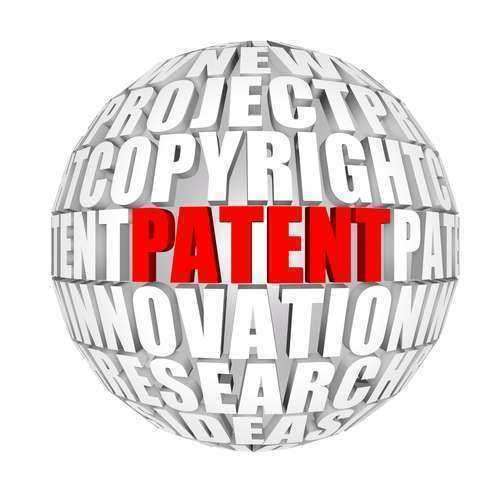
License Agreements
A license is a form of an agreement that can be granted by a licensor to a licensee in order for the licensor to authorize use of the licensed product or the material by the licensee. The license allows the licensor to hold the intellectual property rights of the product and to make money off of the product or creative work by charging for product use by the licensee.
A license protects the proprietary rights of products or ideas such as computer software by giving permission to use a product in a certain way or for a certain activity that would otherwise be considered illegal. This may be done through either proving a status or capability, or by paying a fee. The license agreement may also require the licensee to inform the proper authority or licensor about the type of activity, in order for the licensor to be able to set any limitations or conditions necessary.
When creating a license agreement, it is important to consider the different types of property rights as well as the scope of the rights involved. These can include:
• Copyrights for original works that are in a fixed tangible form of expression.
• Patents for inventions.
• Trademarks for names, words, or symbols that can identify or distinguish a product.
What to Include in a License?
License agreements do not have to be complicated or lengthy, but they should be enforceable and straightforward. Existing license agreements can be helpful to see existing ideas that may be beneficial.
The first thing to set in a license is the license’s scope. It is important to maintain the ultimate rights to ownership of the product while making the agreement broad enough to allow customers some flexibility in using the product. Often licenses are nonexclusive and can be sold to others, except on custom-made products.
It is important that this flexibility to the licensee does not leave room for him to either pirate or produce the product so it can be sold to another third party. A license can allow for controlled reproduction in a given environment through a network license or enterprise license. It can also allow the licensee to resell the license while giving royalties to the licensor.
Defining the Terms for Revenue from the Product
It is imperative to include terms that can control the revenue streams generated the products through the license. Most license agreements on specify a single one-time payment for the license fee at the time of purchase. Other agreements can be made through monthly lease payments, royalties, or even ongoing maintenance charges if necessary.
Other important terms to include in a license:
• Any rights given to the licensee to combine or modify the product.
• Sublicense and transfer rights.
• Length of the agreement or the term.
• Uses that are prohibited.
• Warranty if included and what it covers.
• Rights to the source code.
• Other support services available.
• Contract termination.
• Indemnity for infringement.
• Nondisclosure of any confidential information.
Securing Rights with a License
Intellectual property is very complex and a lawyer is usually the most reliable source in order to manage and protect a licensor’s rights. The Unite States Patent and Trademark Office along with the United States Copyright Office administer intellectual property rules and laws. Some protections, like copyrights, may be automatic while others like patents must be granted in a complex application process.



















